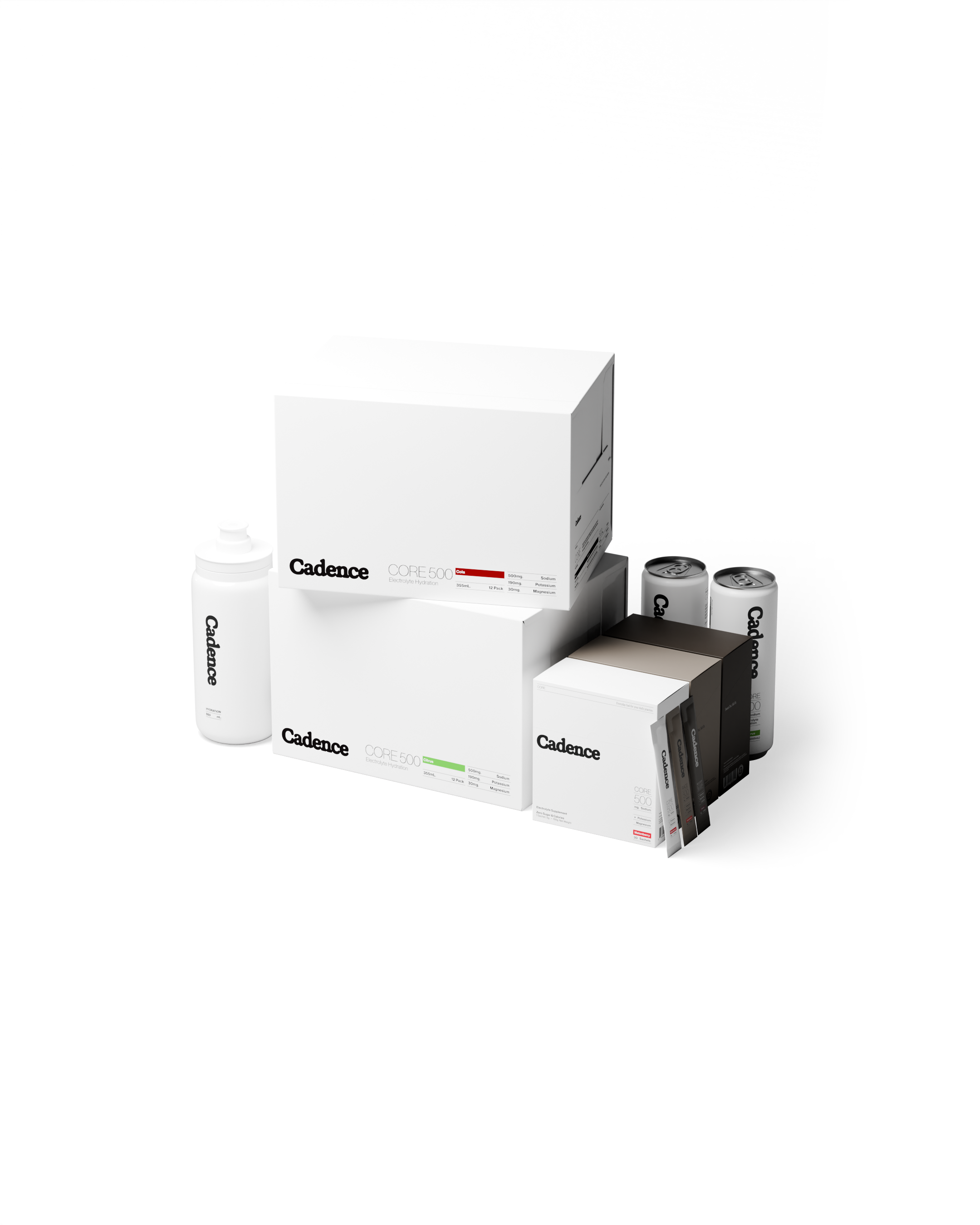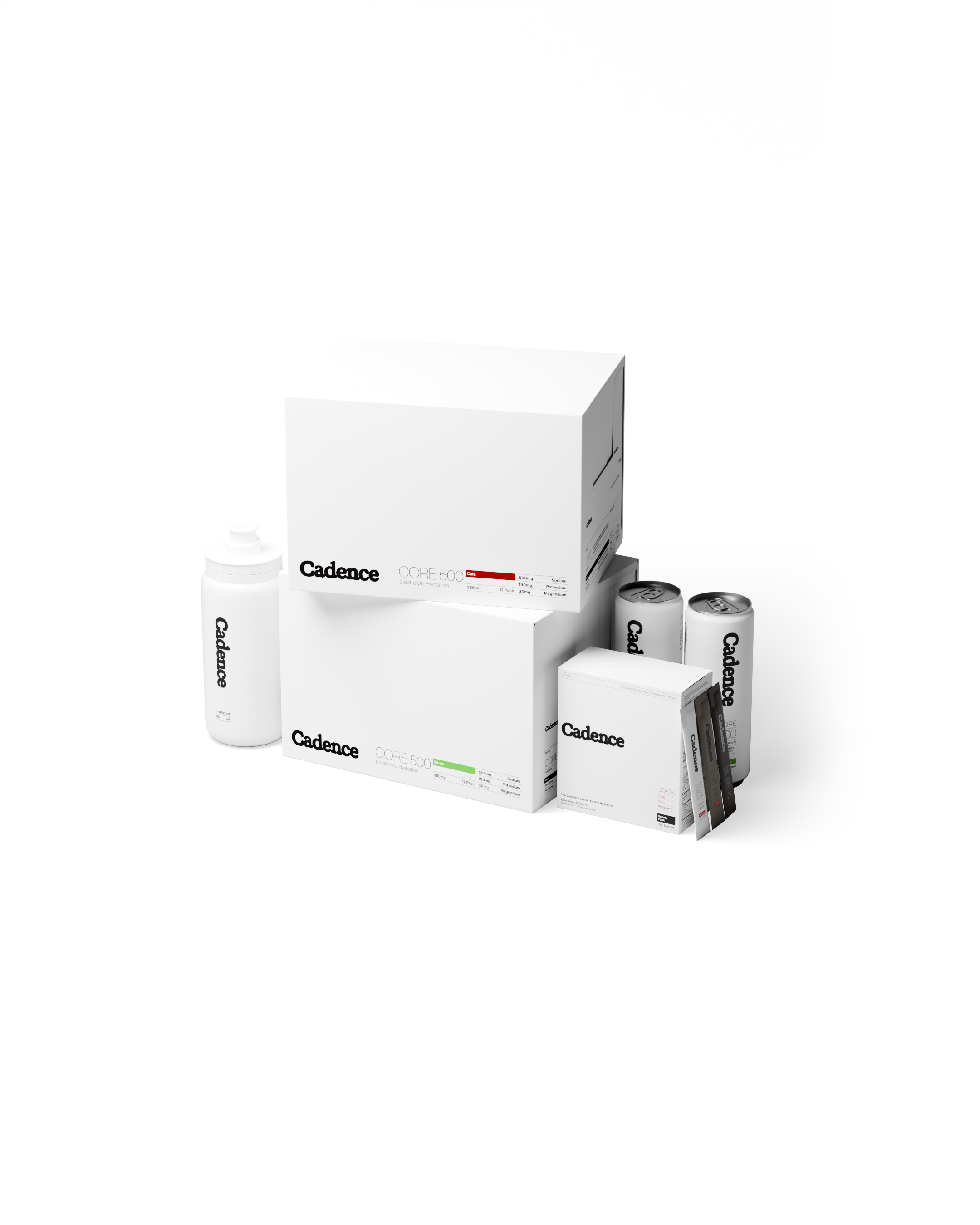Introduction
It is estimated that around 80% of professional athletes use supplements of some kind, with prevalence ranging from 11% to 100% depending on the sport and level of competition (Jagim et al., 2023) . The primary reason for using supplements is to improve performance, recovery or health (Mallick et al., 2023). In the health and fitness industry supplement use is likely higher, with many users believing that supplements are essential to reaching their goals.
The Supplement Industry
The supplement industry has an estimated value of $185 billion as consumers learn more about health wellness, and the possible value supplementing their diet may offer. The industry shows no sign of slowing down either, with a forecasted growth of 9.1% to 2030. That means more products hitting the market, utilizing new ingredients, from new global manufacturers.
Contamination in the Supplement Industry
However, with this growth comes risk. The risk with supplements is contamination and the risk is real. In fact doping was found to be 2.74 times more likely among dietary supplement users compared to non-users (Hurst et al., 2023). It is estimated that 6-9% of doping cases result from contaminated supplements (Backhouse, 2023). Despite this fact, it has been reported that 84% of supplement consumers believe the products they consume are safe.
Supplement contamination occurs when products are tainted with substances not listed on the label, sometimes unintentionally. These substances can include banned drugs, steroids, stimulants or other illegal compounds that can lead to positive doping tests. Contamination can happen due to poor manufacturing practices, cross-contamination during production, or intentional adulteration to enhance product efficacy. There is also a risk to health of course.
Research has shown that as much as 58% of supplements might contain prohibited substances (Martínez-Sanz et al., 2017). Between 2007 and 2016 the US Food and Drug Administration reported that 746 tested products contained some form of prescription drug, with other reports suggesting that 67% of supplements tested contain various pharmaceutical ingredients. Common contaminants include sibutramine (28.34%), anabolic steroids (26.06%), and other stimulants like DMAA. The sources of these anabolic steroids is likely to be Chinese pharmaceutical companies, which sell bulk material of anabolic steroids alongside other ingredients used within the supplement industry (Jagim et al., 2023).
Herbal supplements are most likely to be contaminated and also have the widest variance between reported and actual ingredients according to the current research, with evidence that 80% of tested herbal supplements lacked the listed ingredients (Veatch-Blohm et al., 2021). There is also significant variability in the antioxidant activity, phenolic, and flavonoid concentrations of many herbal products with a range of 0% to 120%. Zinc was found in almost 90% of these supplements and nickel in about 50%. Approximately 60% of the supplements contained fungal isolates, which could be problematic for immunocompromised individuals.
Accidental Doping in Sports
All professional athletes agree to and sign a code of conduct meaning that they are ultimately responsible for what they ingest, including supplements. However, in many sports leagues, current legislation does not protect athletes and other consumers from the issues associated with contaminated, mislabelled, or unsafe dietary supplements. Regulations also vary significantly from country to country, and also from sport to sport. Nutritional supplements do not undergo the quality control and manufacturing standards that are required for foods or drugs, and label claims are less restrictive resulting in various wild and unsubstantiated claims. This also significantly increases inadvertent doping risk for athletes.
The cost of doping in professional sport is significant. Athletes caught intentionally doping can face a 4-year ban for the first offense and they can be stripped of titles. If an athlete is able to prove that it was unintentional doping then they could be completely exonerated or face a shorter ban of up to 2 years. Either way, there is high potential of reputation being destroyed and sponsorship money stripped.
Third Party Supplement Testing & Certification
To mitigate this risk, it’s important to only use reputable brands that adhere to good manufacturing practices (GMP) and invest in third-party certifications like Cologne List, Informed Sport or NSF Certified for Sport, which indicates the product has been tested for banned substances by an external laboratory. Athletes are also encouraged to read labels carefully, ask questions if unsure and refer to resources such as the Global DRO.
Our Electrolyte Drink is a Product of Cologne List ®. The Cologne List® publishes products that have been assessed and rigorously analyzed for selected doping substances by the globally leading ISO-Certified laboratory. Products listed here help to significantly reduce the risk of inadvertent doping, while also providing additional layers of quality control to the manufacturers.
References
Jagim, A. R., Harty, P. S., Erickson, J. L., Tinsley, G. M., Garner, D., & Galpin, A. J. (2023). Prevalence of adulteration in dietary supplements and recommendations for safe supplement practices in sport. Frontiers in sports and active living, 5, 1239121. https://doi.org/10.3389/fspor.2023.1239121
Mallick, M., Camacho, C. B., Daher, J., & El Khoury, D. (2023). Dietary Supplements: A Gateway to Doping?. Nutrients, 15(4), 881. https://doi.org/10.3390/nu15040881
Hurst, P., Schiphof-Godart, L., Kavussanu, M., Barkoukis, V., Petróczi, A., & Ring, C. (2023). Are dietary supplement users more likely to dope than non-users?: A systematic review and meta-analysis. The International journal on drug policy, 117, 104077. https://doi.org/10.1016/j.drugpo.2023.104077
Backhouse, S.H. A Behaviourally Informed Approach to Reducing the Risk of Inadvertent Anti-doping Rule Violations from Supplement Use. Sports Med 53 (Suppl 1), 67–84 (2023). https://doi.org/10.1007/s40279-023-01933-x
Martínez-Sanz, J. M., Sospedra, I., Ortiz, C. M., Baladía, E., Gil-Izquierdo, A., & Ortiz-Moncada, R. (2017). Intended or Unintended Doping? A Review of the Presence of Doping Substances in Dietary Supplements Used in Sports. Nutrients, 9(10), 1093. https://doi.org/10.3390/nu9101093
Veatch-Blohm, M. E., Chicas, I., Margolis, K., Vanderminden, R., Gochie, M., & Lila, K. (2021). Screening for consistency and contamination within and between bottles of 29 herbal supplements. PloS one, 16(11), e0260463. https://doi.org/10.1371/journal.pone.0260463

